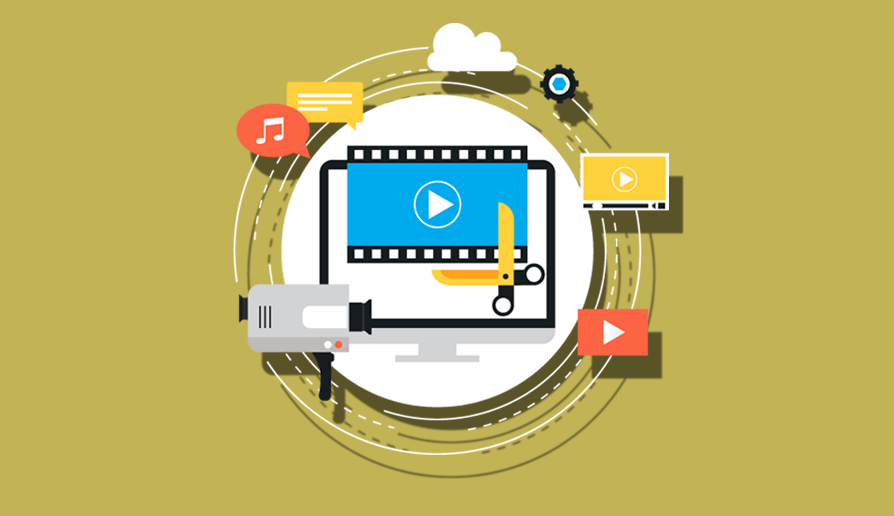In eLearning, animations can help teach abstract concepts or illustrate something that is difficult to understand. Animations have the power to improve knowledge retention, engage online learners, and simplify complex concepts. Research shows when compared to static graphics, animations get mixed reviews as an effective learning medium.
They are many ways to make animations more effective. The different types of animations that can be used for instructional purposes are 2D animation, 3D animation, Motion graphics, Transformations, and Stop-motion animation.
Educational psychologists believe that there are basically two main reasons for using instructional animations: affective and cognitive.
The Affective Reason:
Animations attract and capture attention because motion is one of the primary attributes of a graphic that makes viewers take notice. Animations can also increase motivation because of their novelty. When they are humorous, they can create positive affect.
Cognitive Reason:
Animations that have a cognitive purpose can facilitate learning because they provide more and different information than static graphics. They have the potential to help a learner build a more accurate mental model of a system’s behavior compared to graphics alone.

Benefits of Animations
• Visual Appeal: If the participants have started to lose focus on their training, a vivid animation can make them attentive again – in a snap! They can refocus and can attend to the concepts or processes being presented.
• Active Content: Animation adds action and energy to content. This is a proven technique to keep boredom at bay when learners have to spend significant time on an online learning course.
• Learner Engagement: Animation lets the learners observe closely, replay the visual and even interact with the on-screen elements. By inviting learners to interact with the content, the learning experience is enhanced and made enjoyable.
• Easier Recall: When participants watch a unique animation, it helps put visual context to the concepts they are learning and makes them more likely to recall what they learned long after their training is complete.
• Training becomes fun: When your employees know their training is engaging, they will be more willing and ready to learn new concepts in the future. Animation can help improve the overall training experience, which will also make for better learning experiences later in their careers.













